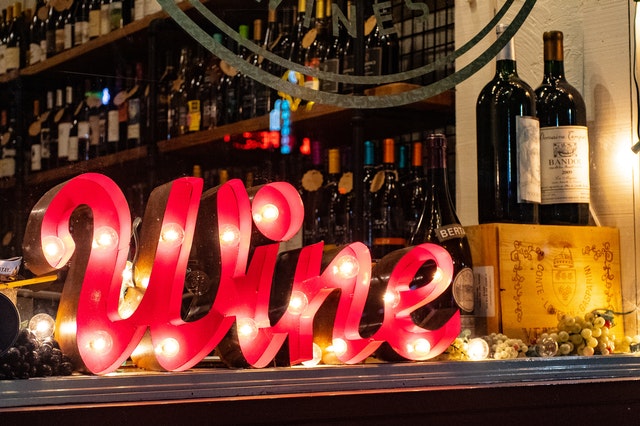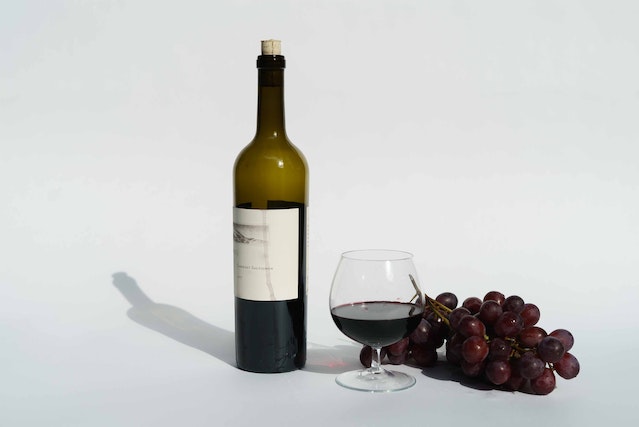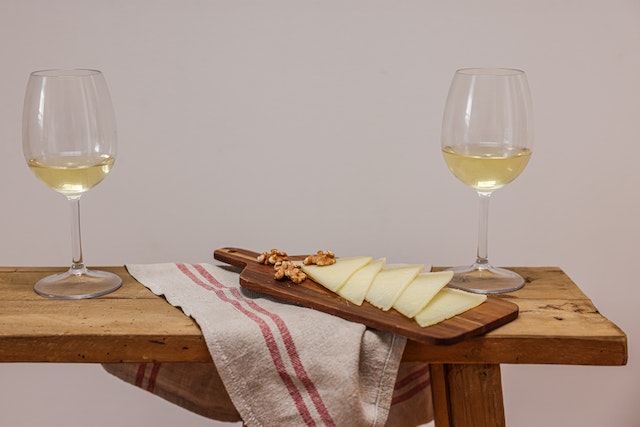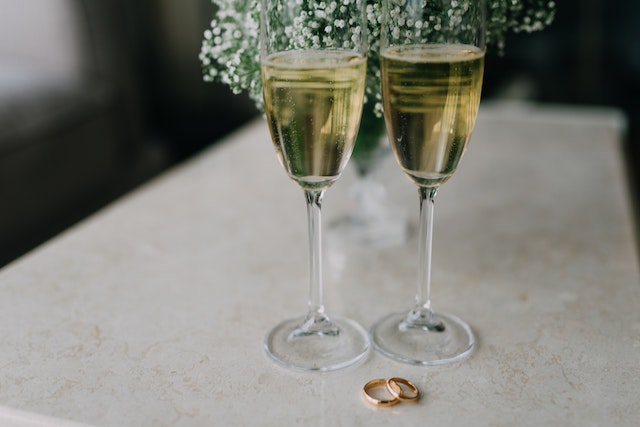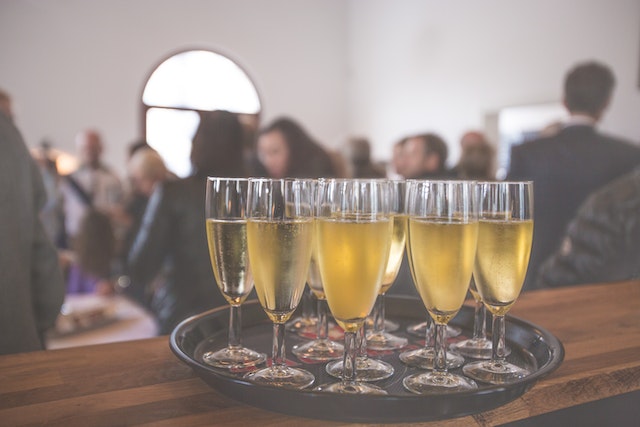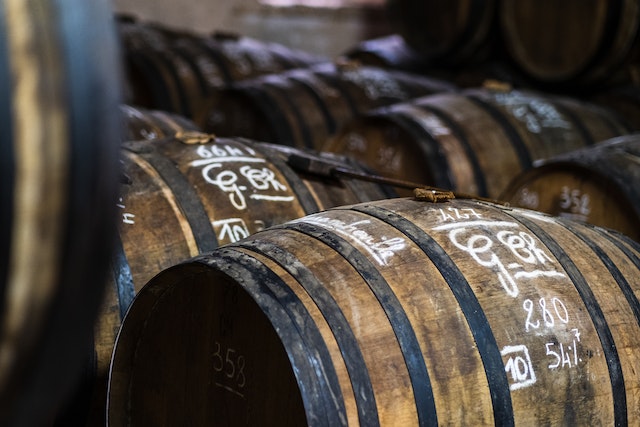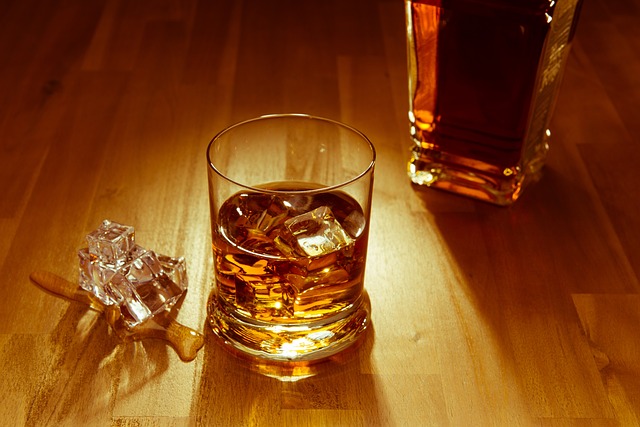Best Wine Fridge Consumer Reports - Tips and Guides
If you’re a wine lover, then you know that keeping your wine collection properly chilled is essential for preserving quality. A good wine fridge can keep your wines at the perfect temperature, making it easier to enjoy them at their … Read More

